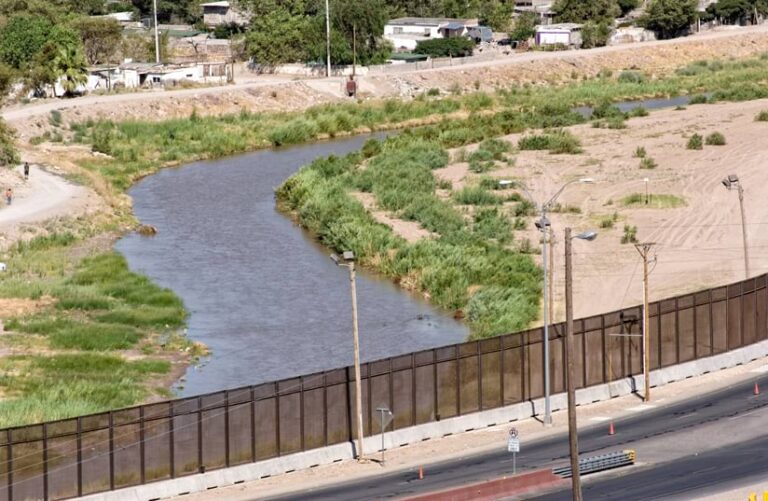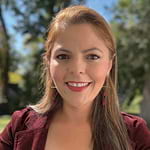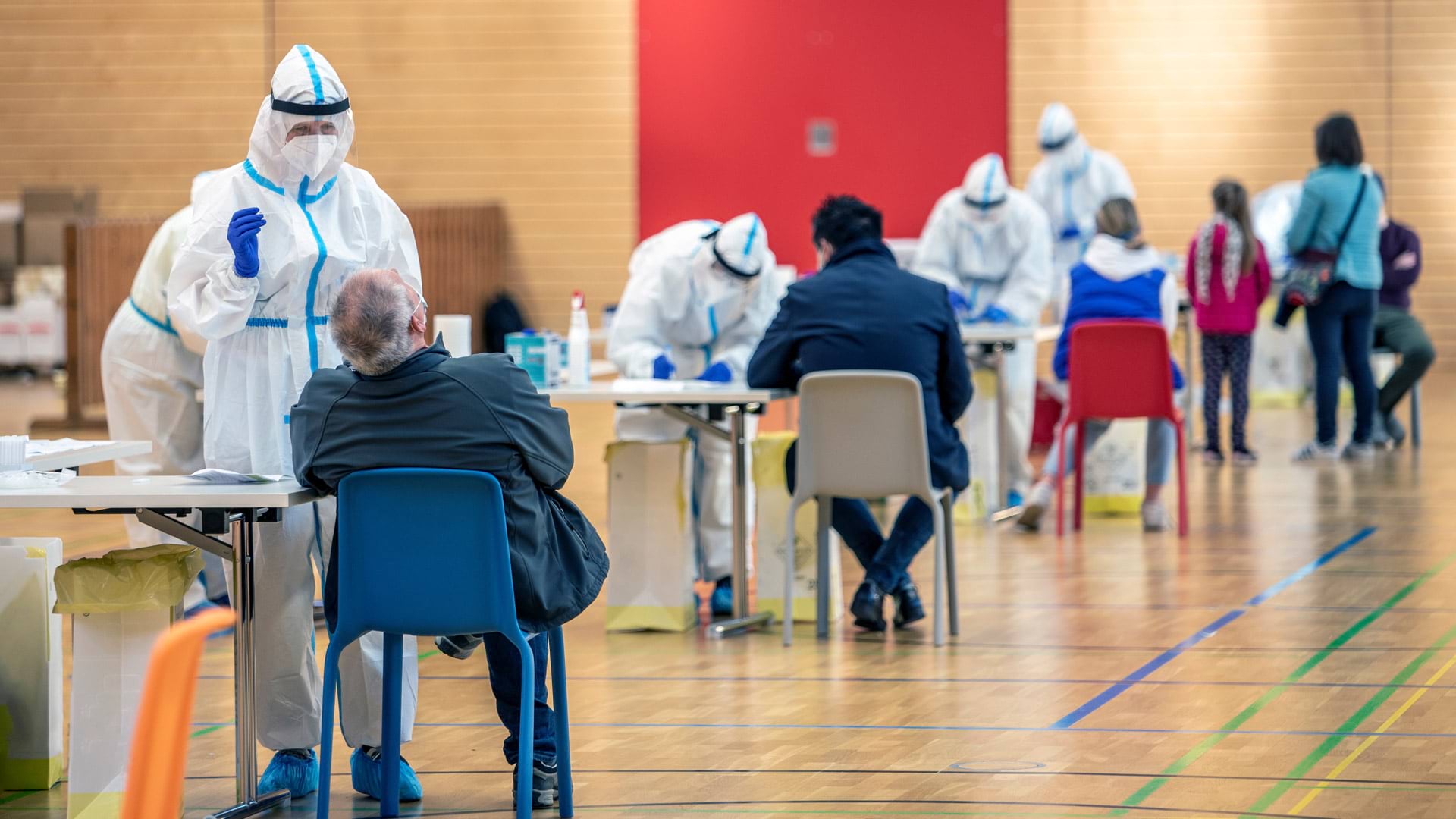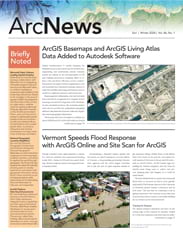I grew up in Eagle Pass, Texas, along one of the world’s great rivers, the Rio Grande—a river that has captured people’s imagination and prompted headlines over the years.
To me, the Rio Grande area is home. I often crossed the river via the international bridge to our sister city, Piedras Negras, Coahuila, Mexico—the place where, in 1940, the nacho was invented. This river inspired me to become a scientist.

But the landscape of my hometown river has changed since my childhood. In 2008, the first federal sections of border fence went up. Empty train car containers, concertina wire, and reinforcements of state and federal guards followed.
Then, in July 2023, the State of Texas ordered 1,000 feet of fluorescent orange buoys to be placed in the middle of the channel. These buoys not only threaten immigrants and asylum seekers, but they also disrupt the river’s natural flow, leading to erosion and deposition that can damage infrastructure downstream.
As a fluvial geomorphologist, I work to understand the interactions between rivers’ physical shapes, their water and sediment transport processes, and the landforms that they create. I also strive to understand the influence of human activity on rivers. I’ve recently expanded my research to factor in the ecological and social costs of immigration control along the Rio Grande between the United States and Mexico.
Seeing the social and environmental destruction along my beloved river has inspired me to raise my voice, go beyond publishing scholarly papers and into the public realm, and help people know what’s at stake for our climate and our communities.
Helping the Public Understand
When it comes to the Rio Grande, there’s no single geographic research specialty that covers its physical and ecological dimensions and its social and cultural realities. As my work has advanced, I’ve found myself looking for new ways to communicate with the public about immigration policies and their implications.
I’m also interested in the river’s caregivers—the people who have organized to protect the Rio Grande and the people who are trying to cross it for a better life.
Unfortunately, the traditional skills that I learned in graduate school have not helped me share my work—in the news, on social media, or in presentations for nonscientists. Yet sharing my work in these ways is more pressing and urgent than ever before.
When the American Association of Geographers (AAG) launched its Elevate the Discipline program in 2023, I was eager to learn about media relations and advocacy. Before then, my border work had already attracted some media attention. But I felt that with better skills, I could do the story and my community more justice. I saw a chance to dispel the myth that geographers just do maps and capitals.
The yearlong program was just what I needed to amplify the work of local organizations along with my findings on river border control impacts. During the Elevate program, I learned alongside 14 talented academics who shared my climate science and human concerns. From studying urban heat patterns and island agriculture to examining how colonization has affected climate change, our approaches were very different. Now, we serve as a resource and sounding board for each other as we present our work to the world.
Because my particular work involves a marginalized community, being a public scholar lets me showcase how such communities do this work themselves, as well as their role in this type of geographic research. I also wanted to become a public scholar in order to increase representation of marginalized groups in geography—which is low, particularly among physical geographers. If I’m visibly doing this work, it encourages minoritized students to pursue a job in this discipline.
Training to Be a Better Guide
The Elevate program offers media and advocacy training via webinars, check-ins, and remote learning experiences—such as a weeklong in-person intensive training that includes in-studio interview practice. During this training, we learned techniques for communicating complex topics in succinct phrases, practiced in a real TV studio, and were taught how to understand the landscape for local advocacy. I used these new skills almost immediately, when I did a live interview with Scripps News (an American news channel formerly known as Newsy) just a few days later.
The Elevate program and others like it can help counteract scientists’ frustration that our work can’t or doesn’t have a large impact. I am here to say: Our work has an audience. It’s just a matter of connecting with advocacy groups and reporters who want to know more.
In Eagle Pass, I’ve found the locals to be inspiring. For example, the Eagle Pass Border Coalition fights for justice along the Rio Grande—from helping immigrants to saving the river itself.
The Eagle Pass Border Coalition wants to tell immigrants’ stories so that people far from the border understand that this area is not simply in unlawful chaos; it’s an place that’s rich with history and culture with people who want to be heard as the area’s problems are addressed.
When I stand on the Rio Grande’s banks and listen to the quiet sounds of the river valley, I feel a profound sense of peace and solitude. But I know that the river is surrounded by bustling human communities with members who have supported each other in times of need and celebrated in times of joy.
I’ve found that, as a scientist and a person, the more I embrace the communities and complexities here, the more I comprehend—and the more I can share with people who misunderstand this area and what it means.
Eagle Pass and the Rio Grande exemplify what geography can do: It crosses cultural divides, connects people and their landscapes, and brings together the sciences and the humanities—all to create a more just world that is grounded in geographic principles and methods.
Through my work and my public profile as a geographer, I hope to illuminate border issues and show a younger generation growing up in border areas that they, too, can be geographers—and that geography will open the world to them.


